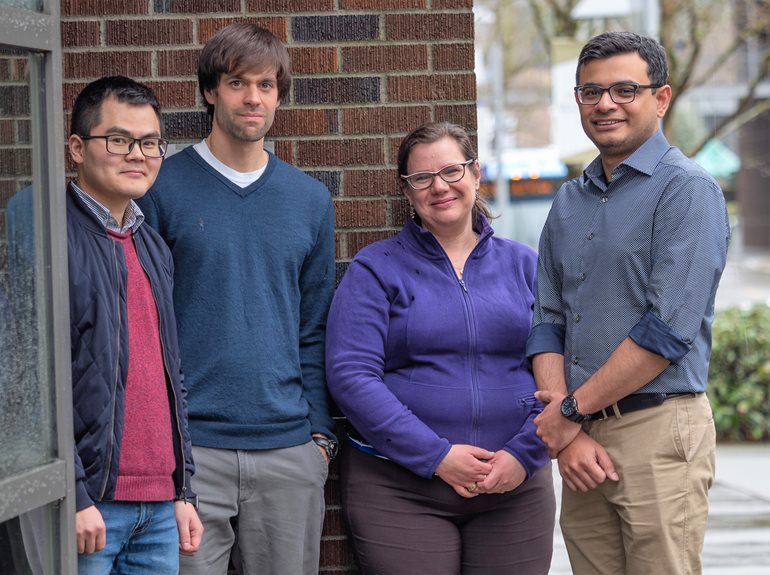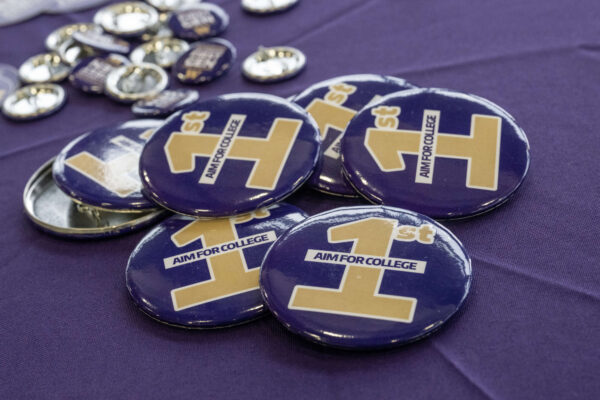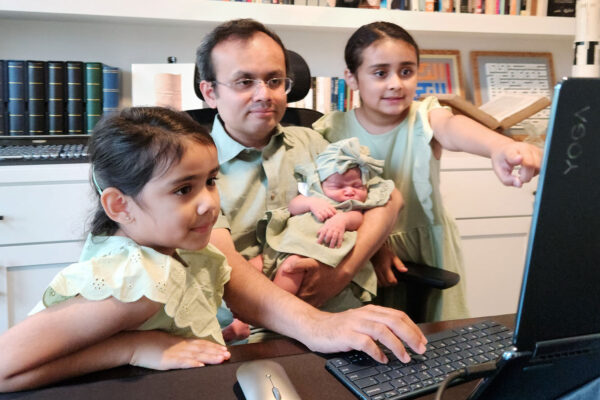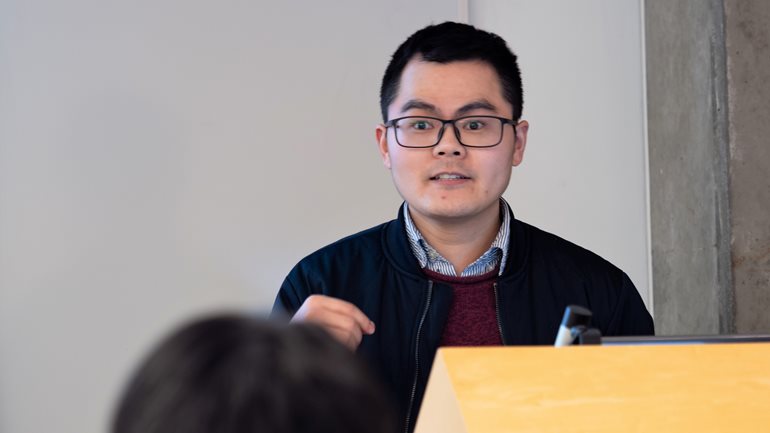
The trajectory of an academic career often takes scholar from a doctorate to a post-doctoral or “postdoc” research position and then to a first faculty appointment. But, even people as highly trained as research scientists may be turned down by a college or university because they haven’t done much teaching.
It’s the same conundrum that many jobseekers find themselves in: You don’t qualify for the job without experience, and you can’t get experience without a job.
Three University of Washington postdoc research scientists who need some teaching experience to become professors have gone back to school at UW Bothell.
Pranab Roy Chowdhury, Nathan Ennist and Tao Ye are gaining valuable time in front of a classroom this winter through the Science Teaching Experience Program. STEP is run by Rebecca Price, a professor in UW Bothell’s School of Interdisciplinary Arts & Sciences.
The newest scientists
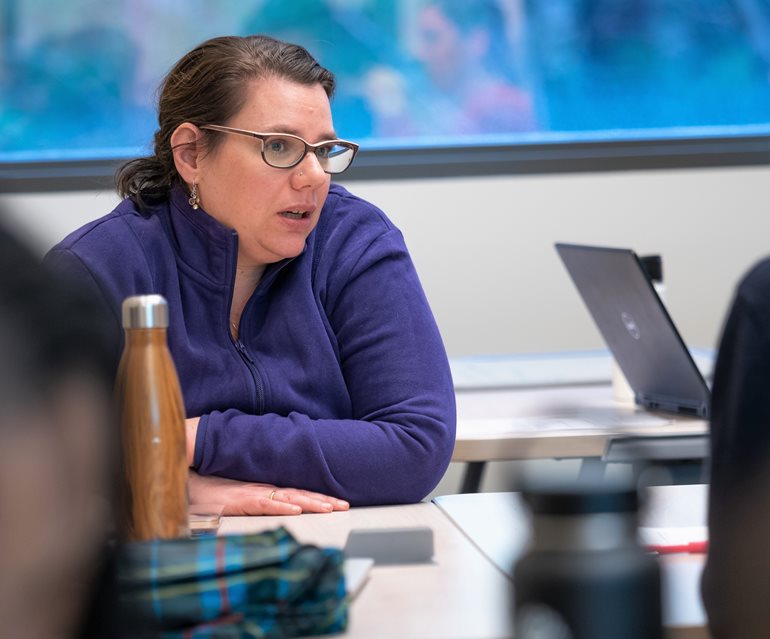
The three are co-instructors in Price’s 200-level biology seminar, Renewable Energy: Meeting the Global Sustainability Challenges. For undergraduates, the course explores renewable energy technologies and the relationships between energy, food and water. For the postdocs, the once-a-week class is a stepping stone from their daily research jobs to where they want to go.
Roy Chowdhury works at the School of Environmental and Forest Sciences where he analyzes the effects of human-environment interactions on forest landscapes in the Pacific Northwest. Ennist works within the Institute for Protein Design where he designs chlorophyll binding proteins that might be incorporated in algae to improve biofuel production. Ye works in the School of Medicine’s Department of Bioengineering where he researches “everything about water.”
Nationally, only about 10% of postdocs in sciences find faculty jobs. Roy Chowdhury feels that a lack of teaching experience has been a significant barrier for him. Ye said that after a rejection he updated his CV (an academic resume) to add the STEP program, and the chair of the department was more encouraging.
STEP first trains postdocs in teaching strategies. Then, working in teams of three, they co-design a 10-week course and take turns teaching under the observation of Price or another experienced faculty mentor.
About half of STEP graduates find positions in the academy, Price said.
Learning best practices
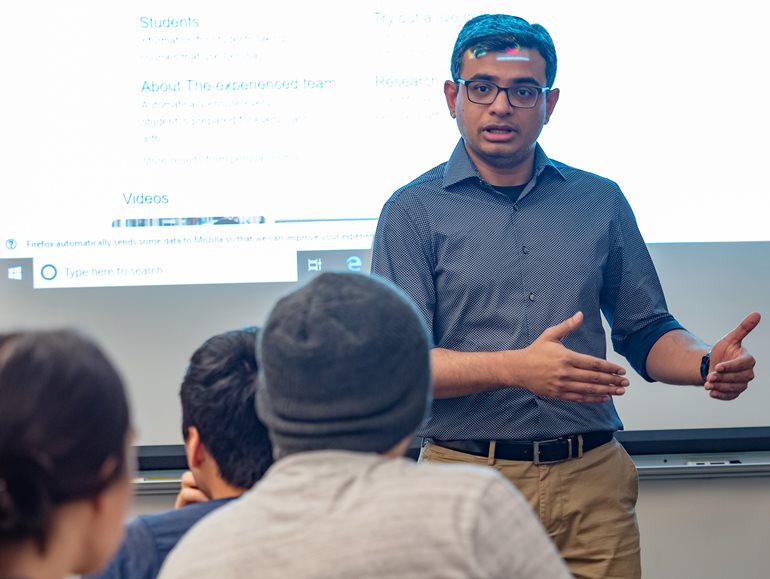
Ye had some previous experience in giving lectures but found the STEP model completely different. “Here it’s student-centered and more about active learning,” he said. “I feel it’s easier for me to teach than to lecture. It makes me like teaching more.”
The method is part of STEP’s mission, Price said. “What we know from the literature is that a straight lecture is not that effective, but when students are ‘doing,’ then teaching can be very effective.”
In a class session that Ennist taught, students divided into small groups to discuss ways to improve solar cells, solar panels and biofuels. Then the groups were shuffled so that all the discussions were shared with everyone.
A bonus of the program is bringing advanced research to undergraduates. Ennist had the opportunity to mention his protein design work when the class discussed the inefficiency of current biofuel production.
“I think as scientists we generally live in our own bubble, think in our own abstract terms,” Roy Chowdhury said. “Trying to make that understandable and explaining it to undergraduates just coming into the field is a great experience.
“Wherever we end up, I think that communication — just how to explain this to somebody who is very new to science — that will help us for a very long time,” he said.
The value of teaching
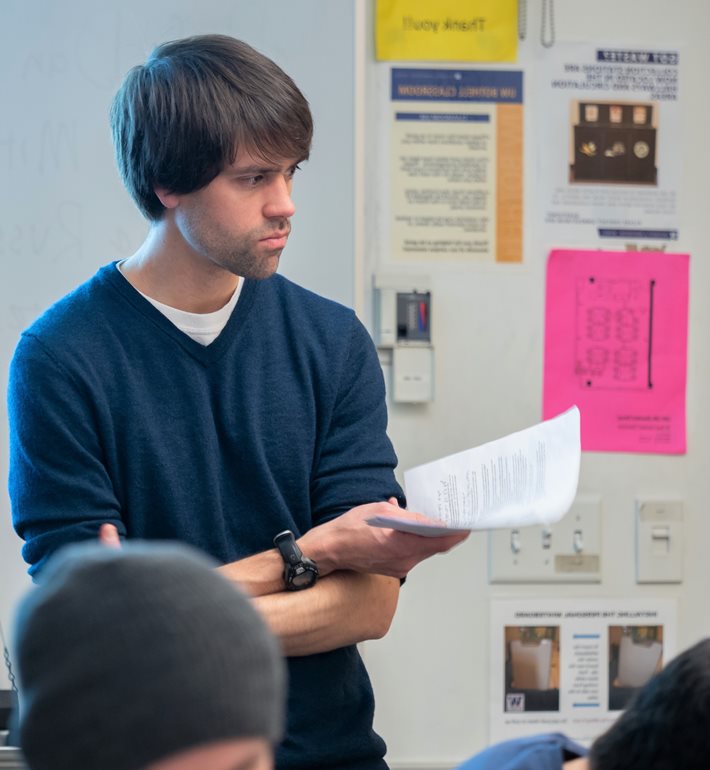
All three postdocs said STEP was not only giving them experience and tools for teaching but also a greater appreciation for their role.
“Having to teach to a class of undergrads forced me to broaden my perspective and see where my research fits in to the bigger picture,” Ennist said. “This program is helping us see the value of teaching and the role we can play in developing students to become critical thinkers and scientists.”
The 200-level course is also intended to incorporate social and cultural components of science, Price said.
Ye’s reading assignment for one class was about dam failures and dam construction in the United States, Italy and China. The students were asked to reflect on the fact that hydroelectric power is the largest source of renewable energy in Washington.
“What are the social and environmental repercussions of that? A lot of times when we teach science classes, we neglect to bring in those social-cultural elements,” Price said. “That is a big component of these 200-level STEP classes.”
Finding opportunities
In addition to the course mentored by Price, Salwa Al-Noori, a biology lecturer in the School of STEM, is mentoring a 400-level seminar on immunology. There also are STEP courses at the UW in Seattle and at the University of Puget Sound.
Since it began a decade ago, about 130 postdocs have taken STEP. This year, there are 24 postdocs in the cohort.
STEP shows postdocs that there are opportunities at institutions like UW Bothell where teaching is “essential to our identities as faculty,” Price said.
STEP is supported by UW Bothell’s School of Interdisciplinary Arts & Sciences and School of STEM, the UW College of Arts & Sciences, the UW School of Medicine and the University of Puget Sound.
